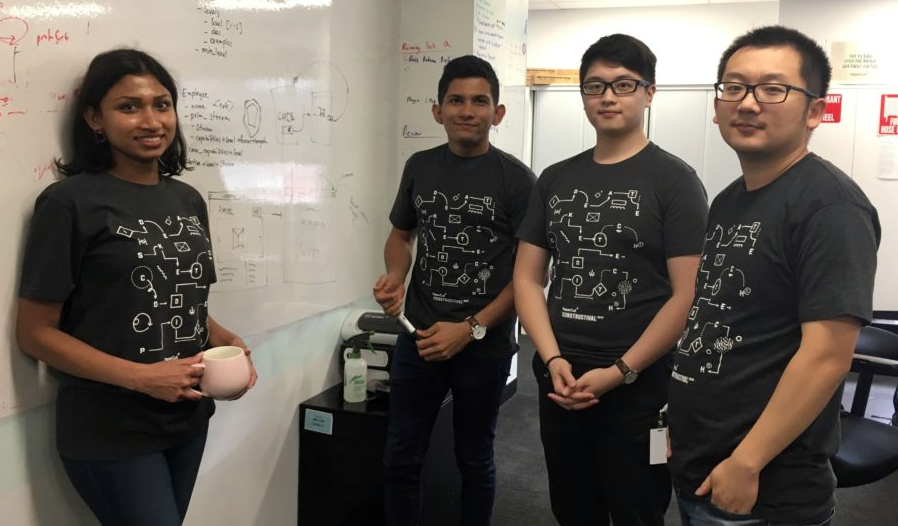We want PaperCut to be a place where we create amazing products that have a positive impact on our customers and the environment. At the same time, we want a place where our people feel like they can develop, grow, and challenge themselves in ways that are aligned with their aspirations.
This means that when the time comes for a PaperCutter to take on the next challenge in their career - be it another role within PaperCut, another role elsewhere, or starting their own company - they have grown and gained an incredible experience that will set them up for success in whatever’s next.
Setting PaperCutters up for success
For this aspiration to be a reality, we need to support our people with providing clarity of expectations and a meaningful sense of progression and growth.
Until recently, we didn’t really have that for our engineers.
You see, over the last few years, we’ve been growing fast. And with this organic growth, we’ve accumulated a bunch of different titles and levels of seniority (developers, engineers, tech leads etc.). These roles weren’t meaningful to our people and did not provide much clarity as to how to progress and what’s expected.
So we decided to do something about it.
Specifically, we decided to create different engineering roles to:
- provide PaperCutters with clarity of expectations so they know what success looks like and can shape their growth plan with that in mind
- give a sense of meaningful progression (for those who want to progress)
- increase visibility, fairness, and consistency and minimize bias in our approach to performance evaluation, pay increases, and promotions.
Our career progression framework approach
Creating a career progression framework can be a tricky and daunting task. We decided to start small and not reinvent the wheel. Luckily, the tech community is a generous bunch and there’s a ton of resources from contemporary high growth tech companies that were kind enough to share their levels. This website was a true treasure for that!
We researched those resources extensively, drawing inspiration to come up with our own plan. The intent was to provide clarity, but not over-engineer (pun intended if you find it funny) or complicate this.
As we were working on the engineering levels, we were sharing our progress with engineers from different teams, levels of experience, and tenure for feedback. This was a really important step that helped us get feedback and buy-in early. Importantly, it also informed what we needed to clarify in our philosophy around progression and growth that went along with the levels document.
This also ensured that we didn’t work on something for months in isolation and then announced as a big tah-dah without any input from the people who ultimately are the ones meant to be benefiting from it.
Want to see what we’ve come up with?
This is of course just the beginning. As we grow and evolve as a business, we expect there to be continued refinement and evolution of these levels.
Check out our Engineering levels Guiding Principles and the Engineering levels for more.
Want to join a seriously fun-loving team? We’re hiring - check out our current roles !


